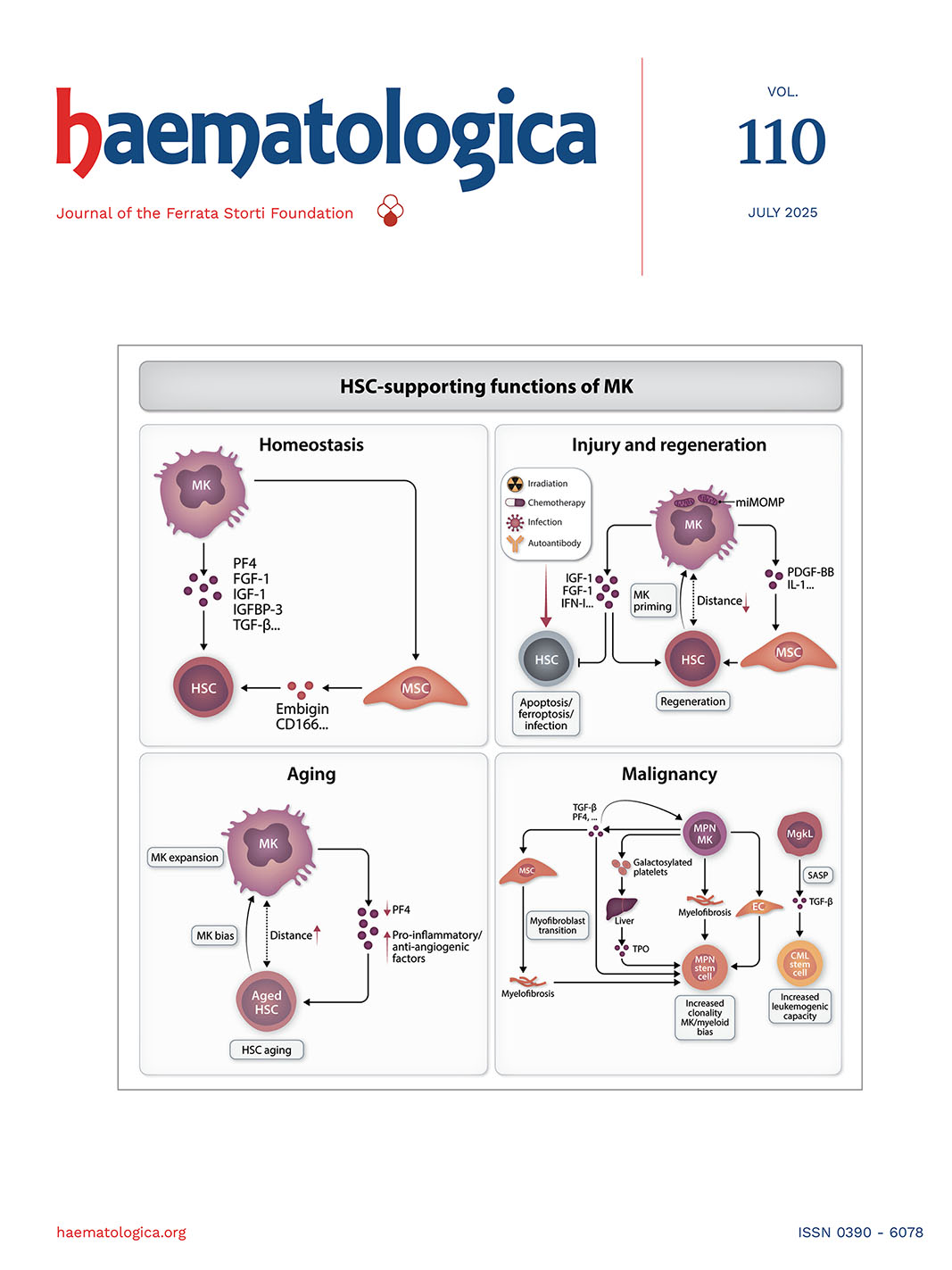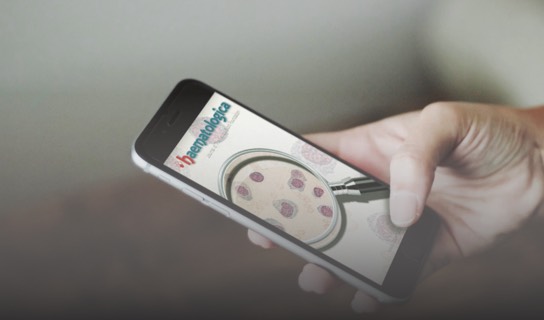CURRENT ISSUE
July, 2025
No. 110 (7)
2024 Impact Factor: 7.9
2024 Journal Citation Indicator: 1.9
2024 CiteScore: 11.3
2024 Journal Citation Indicator: 1.9
2024 CiteScore: 11.3
EDITOR'S PICKS
Review Article
Bispecific antibodies in follicular lymphoma
Review Article
New bispecific antibodies in diffuse large B-cell lymphoma
ARTICLES IN THREE SENTENCES
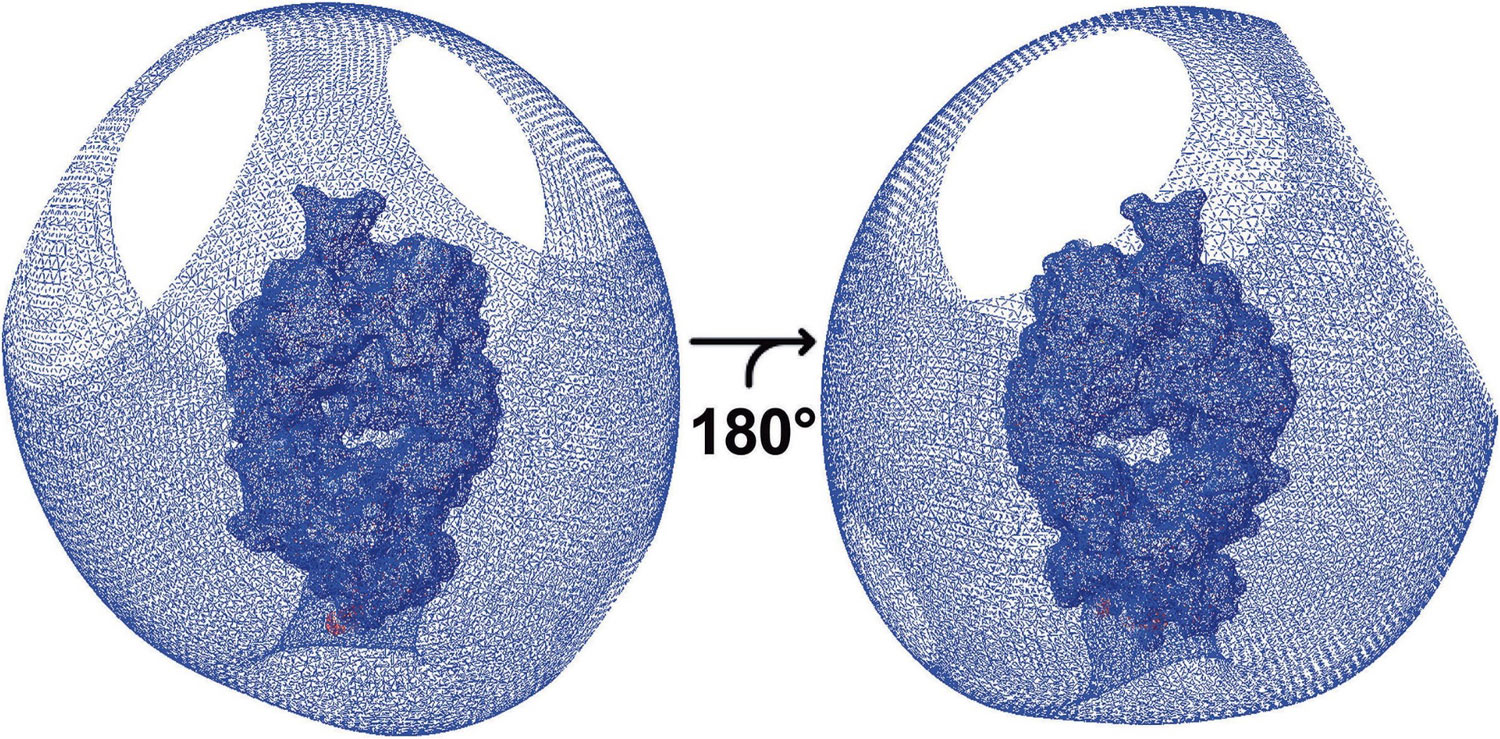
Letter
Binding of therapeutic Fc-fused factor VIII to the neonatal Fc receptor at neutral pH associates with poor half-life extension
Factor VIII (FVIII) is used in patients with hemophilia A; however, its pharmacokinetics impose twice to thrice weekly dosing to ensure sufficient protein levels in patients with the severe forms of the disease. Reyes-Ruiz and colleagues analyzed mechanisms that could contribute to the short half-life of Fc-fused FVIII, a FVIII fused to the Fc fragment of human immunoglobulin, in order to extend its circulating half-life. Their findings suggest that the removal of positively charged patches on Fc-fused proteins may improve pharmacokinetic properties.
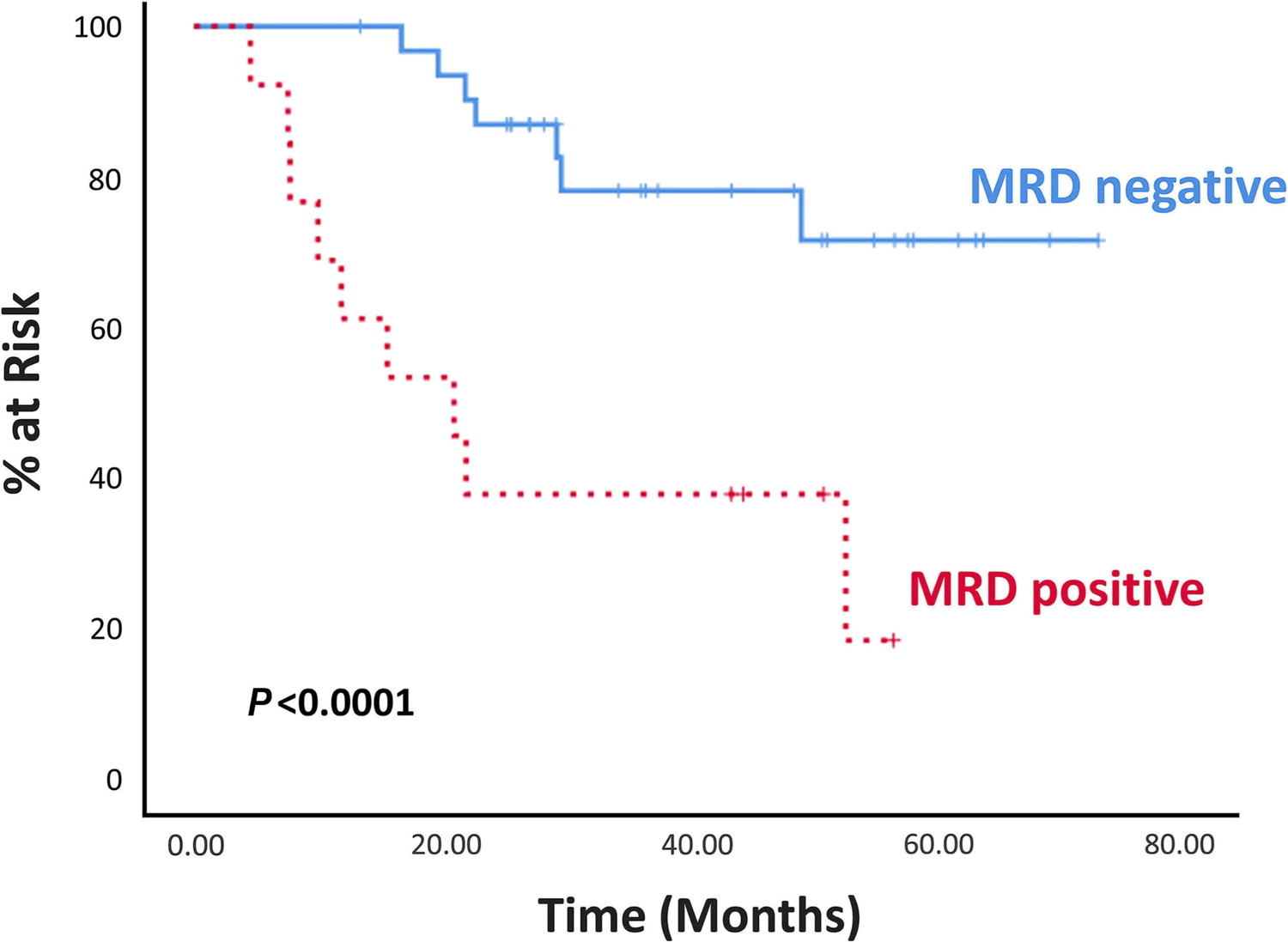
Article
Molecular measurable residual disease by immunoglobulin gene rearrangements on circulating tumor DNA predicts outcome in diffuse large B-cell lymphoma
The current standard to monitor diffuse large B-cell lymphoma (DLBCL) response to therapy relies on computed tomography (CT) or positron emission tomography/CT scans, which have suboptimal specificity. Could molecular measurable residual disease on circulating tumor DNA (ctDNA) be an improvement on the current standard? Results of the study of Soscia and colleagues on 73 DLBCL patients indicate that ctDNA monitoring may be proposed as a decision-making tool to guide DLBCL treatment in the future.
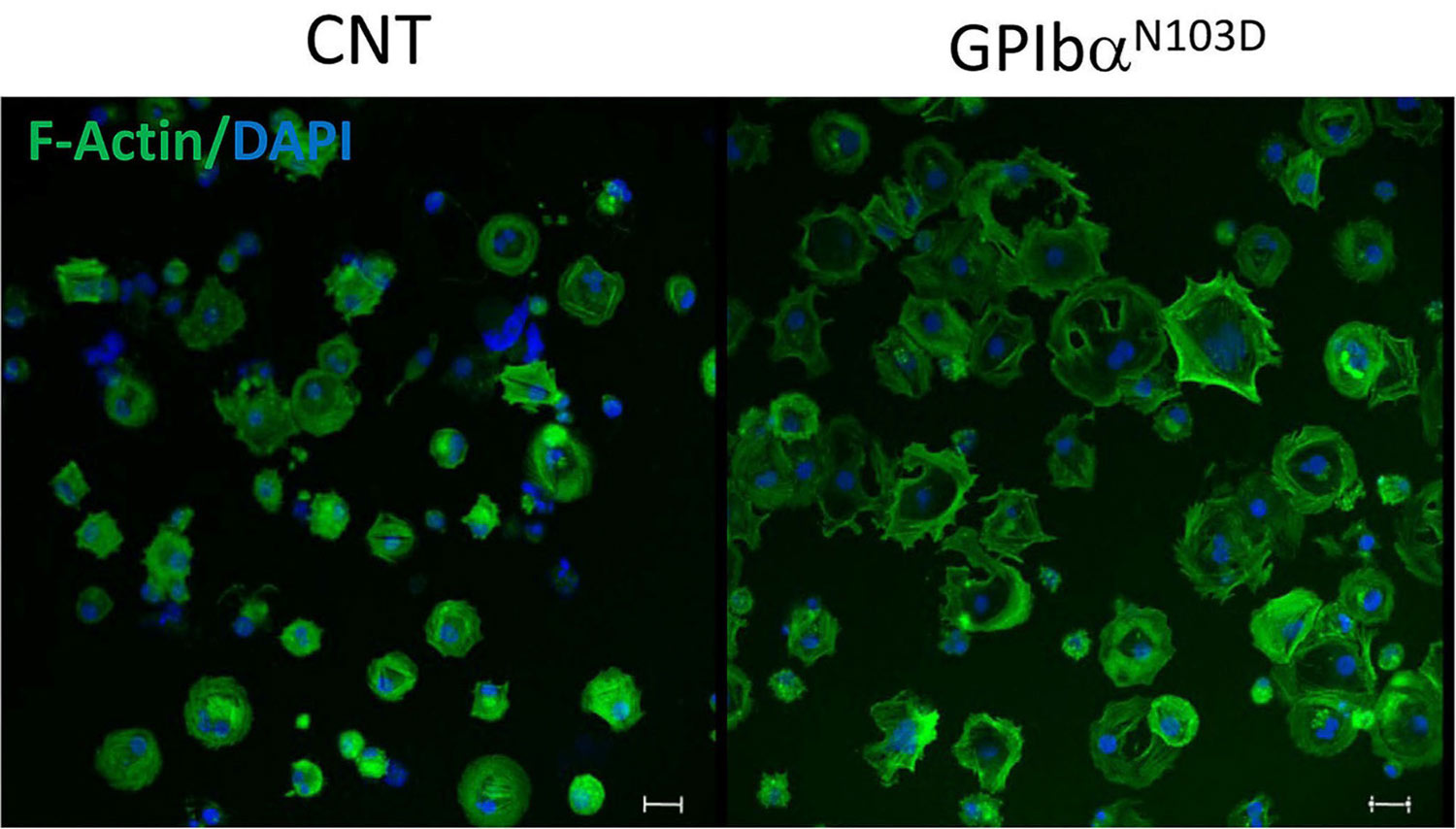
Case Report
Increased RhoA pathway activation downstream of αIIbβ3/SRC contributes to heterozygous Bernard Soulier syndrome
Bernard Soulier syndrome (BSS) is a severe bleeding disorder with moderate to severe thrombocytopenia, giant platelets, and platelet dysfunction, caused by biallelic mutations in GP1BA, GP1BB, or GP9 genes. Lordier and colleagues generated and analyzed an induced pluripotent stem cell monoallelic BSS model derived from a patient with a new heterozygous mutation, resulting in moderate macrothrombocytopenia. Their findings indicate that monoallelic BSS is attributable to a defect in the late stages of megakaryopoiesis and suggest a distinct molecular mechanism in biallelic cases.
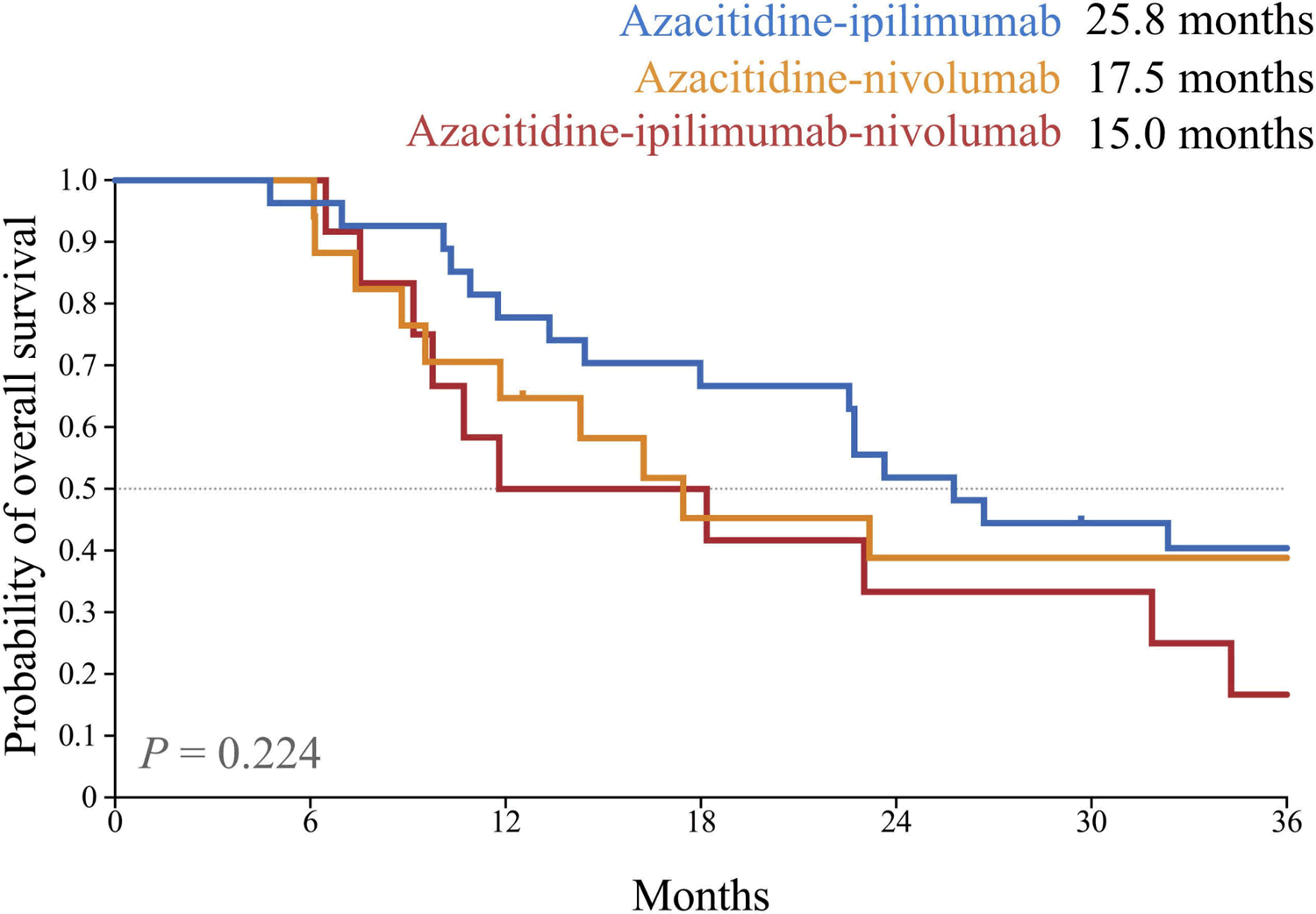
Article
A phase II trial of azacitidine with ipilimumab, nivolumab, or ipilimumab and nivolumab in previously untreated myelodysplastic syndrome
Hypomethylating agents do not elicit responses in at least half of patients with high-risk myelodysplastic syndrome (MDS). Bouligny and colleagues conducted a phase II trial involving previously untreated MDS patients who received azacitidine-ipilimumab, azacitidine-nivolumab, or azacitidine-ipilimumab-nivolumab. Results show that these combinations had modest activity in MDS and that the triplet approach failed to improve overall survival and was associated with increased toxicity.
TAKE ADVANTAGE FROM HAEMATOLOGICA

